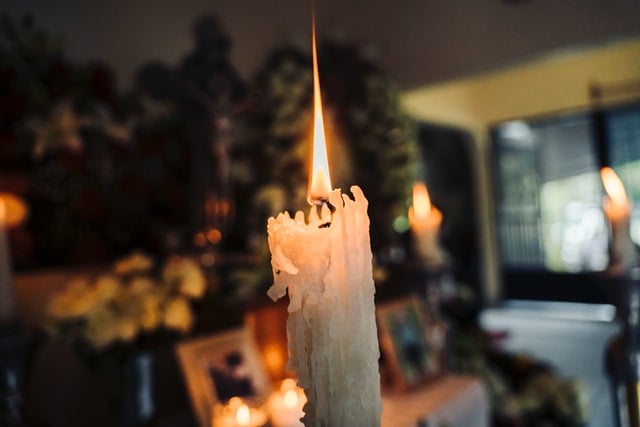The Psychology Behind Why We Wear Black to Funerals

When families visit funeral homes Sebastopol, CA, one common question that arises is the significance of funeral attire, specifically, why black is the most common color worn. While rooted in tradition, the choice of black goes beyond etiquette. It reflects deeply held psychological and social meanings. Here’s an exploration of why black has become such a powerful symbol in mourning practices.
1. Black as a Symbol of Mourning Across Cultures
Wearing black as a sign of mourning dates back centuries. In Western cultures, this tradition became especially prominent during the Roman Empire and later in Victorian England. The color represented solemnity, loss, and respect. The consistency of this practice across time illustrates a shared cultural need to outwardly express grief in a unified, recognizable way.
2. Visual Expression of Internal Emotions
Psychologically, wearing black offers a visible signal of emotional pain and loss. It allows mourners to express feelings they may not be ready or able to put into words. The muted tone reflects the heaviness of grief and creates a collective space for emotional restraint and reflection.
3. Creating Social Cohesion During Loss
Funerals are communal events where everyone gathers to honor a shared loss. Wearing black creates a visual sense of unity, making it clear that each person is part of a group experiencing grief. This collective expression can offer comfort and reinforce the feeling of mutual support.
4. Signaling Respect and Seriousness
The color black is often associated with formality and seriousness. By choosing black attire, mourners show that the occasion is significant and deserving of reverence. It sets a tone of respect not only for the deceased but also for the grieving family.
5. Minimizing Distraction and Shifting Focus
Black is a neutral, non-flashy color. Wearing it helps minimize attention on the individual and redirects focus toward the person being remembered. This subtle uniformity keeps the emphasis where it belongs, on honoring a life and supporting those in mourning.
 6. Creating Emotional Boundaries
6. Creating Emotional Boundaries
Grief is an overwhelming emotion. For many, dressing in black creates a psychological “container” for their sorrow. It becomes a quiet shield, helping them manage interactions and emotions in a setting that may otherwise feel emotionally exposed.
7. Influence of Historical Figures and Customs
Cultural leaders and public figures have historically reinforced the black mourning dress code. From royalty to celebrities, black has become the widely accepted visual language of loss. These societal influences help maintain the custom as a standard part of funeral tradition.
8. Adapting the Tradition in Modern Times
While black remains a staple, today’s families sometimes opt for more personalized attire, especially when services are designed to reflect the individual’s life or personality. Still, black continues to be a symbol of universal respect and is often included, even when other colors are added.
9. Understanding Grief Through Ritual
Rituals, including clothing, help people process and make sense of loss. Wearing black can act as a starting point for emotional transition. It signals both to oneself and others that mourning is in progress and that care should be taken with interactions and emotional expectations.
Funeral attire is more than a formality, it’s a reflection of emotion, unity, and reverence. Whether honoring tradition or seeking personal meaning, the color black holds powerful symbolism. For families working with funeral homes Sebastopol, CA, understanding these subtle messages can bring deeper intention to every part of a service. Know more about our service Windsor Healdsburg Mortuary & Crematory, for thoughtful guidance in honoring your loved one with respect and compassion.

